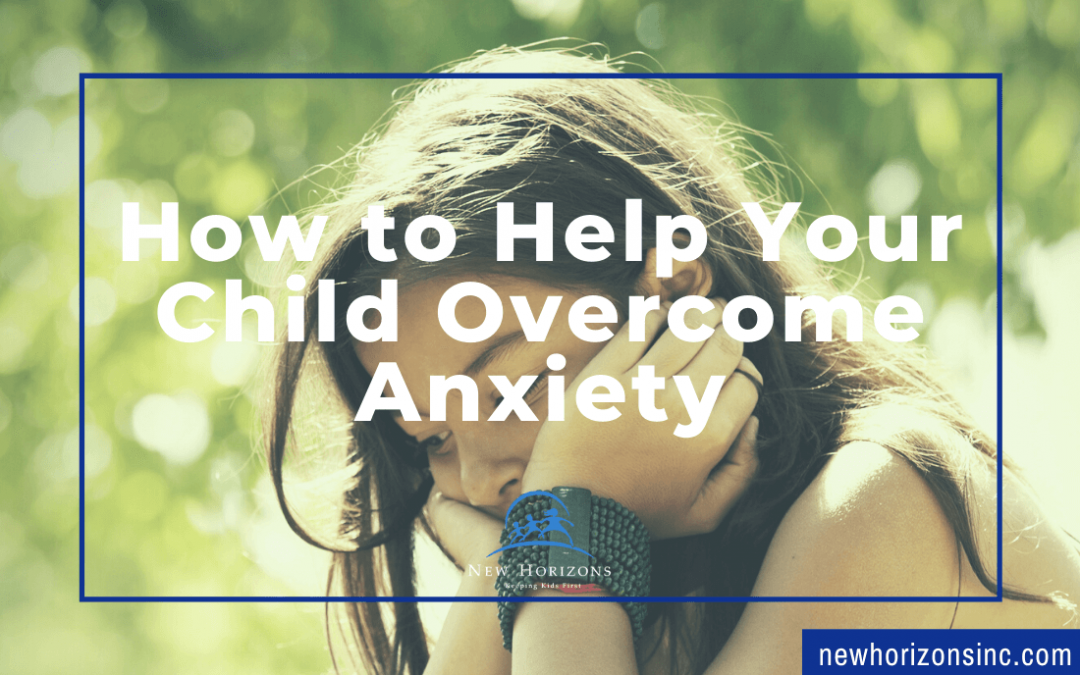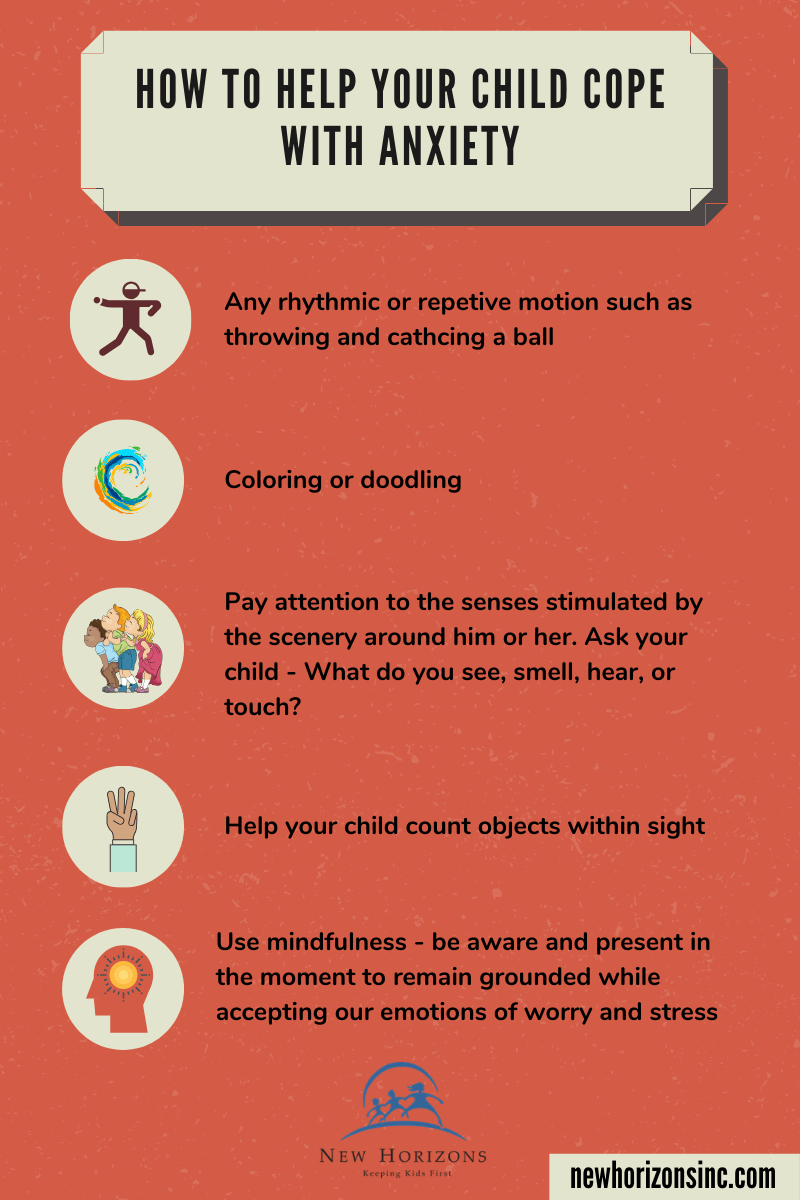By Jesse Dellis, LPC
Kids worry.
While we, as adults, worry about bills, work, health, and relationships, a child worries about friends, school, parents, peer pressure, social media, world dangers, and just life. Foster children have additional worries such as hunger, mental illness, catching up in school, and safety.
Let’s talk about what worrying is, what it looks like, and what we, as parents or caregivers, can do to help our children through this normal, yet sometimes overwhelming part of life.
What is Anxiety?
Worry, anxiety, stress, and nervousness are all words used to describe similar concepts:
The fear of what might happen, fearing the worst, or a feeling of helplessness
Anxiety is about fear and control and can be crippling for both adults and children.
Some fears and nerves are healthy and allow us to consider our well-being through both small and big life changes. Unhealthy fears are more intense and longer-lasting than normal childhood fears.
How Children Handle Worry and Stress
Children are typically not yet in tune with their emotions and may not know what is going on with their bodies. Unhealthy fears are sometimes difficult to see in children. Children cannot explain their feelings with words. They need our help in connecting to their bodies so they can identify and understand their emotions.
Anxiety may manifest in the form of a stomach or headache, nail-biting, hair twisting or pulling, self-harm, and aggression. Sometimes, children who are worried will complain of symptoms that seem unreal to caregivers but feel immensely real to them.
When you believe your child is experiencing intense worry or anxiety, help them understand their fear by talking about it.
1. Recognize their worries by asking what they are afraid might happen and then help them think through their fears.
2. Start by asking them questions:
• What are you afraid might happen?
• If that happened, what would that be like for you?
• What is the chance that might happen?
• What can we do about this fear?
Help your child develop answers to these questions.
When It’s Overwhelming
Many times, fears are outside of our control, and our only option is to incorporate learned skills to cope with our worries.
To better cope with anxiety, try some of these techniques:
• Any rhythmic or repetitive motion such as throwing and catching a ball
• Coloring
• Teach your child to stay grounded by using guided imagery: pay attention to the senses stimulated by the scenery around him or her. Ask your child, what do you see, smell, hear, or touch?
• Help your child count objects within sight
• Use mindfulness – being aware and present in the moment, is a useful tool to remain grounded while accepting our emotions of worry and stress
*Save this graphic to keep on hand*
Help your child identify what best helps him or her recognize and cope with worries. Your calm response will further help your child learn how to overcome their anxiety.
Just when the caterpillar thought the world was ending, he turned into a butterfly. – Old Proverb
Need Further Help?
If your child’s worry consumes a significant portion of their day and impedes daily activities, he or she may need to see a counselor to gain a better understanding of the underlying issues and identify skills to best meet their individual needs.
Want more tips on helping your kids and family? Try these:
Creating Time for Your Kids: Simple Ways to Connect
Working through Anger: A Healthy Part of Life
Parenting Tips to Help with Homework Time
Understand Your Foster Child’s Trauma: 3 Books to Help You Meet Your Child’s Needs






